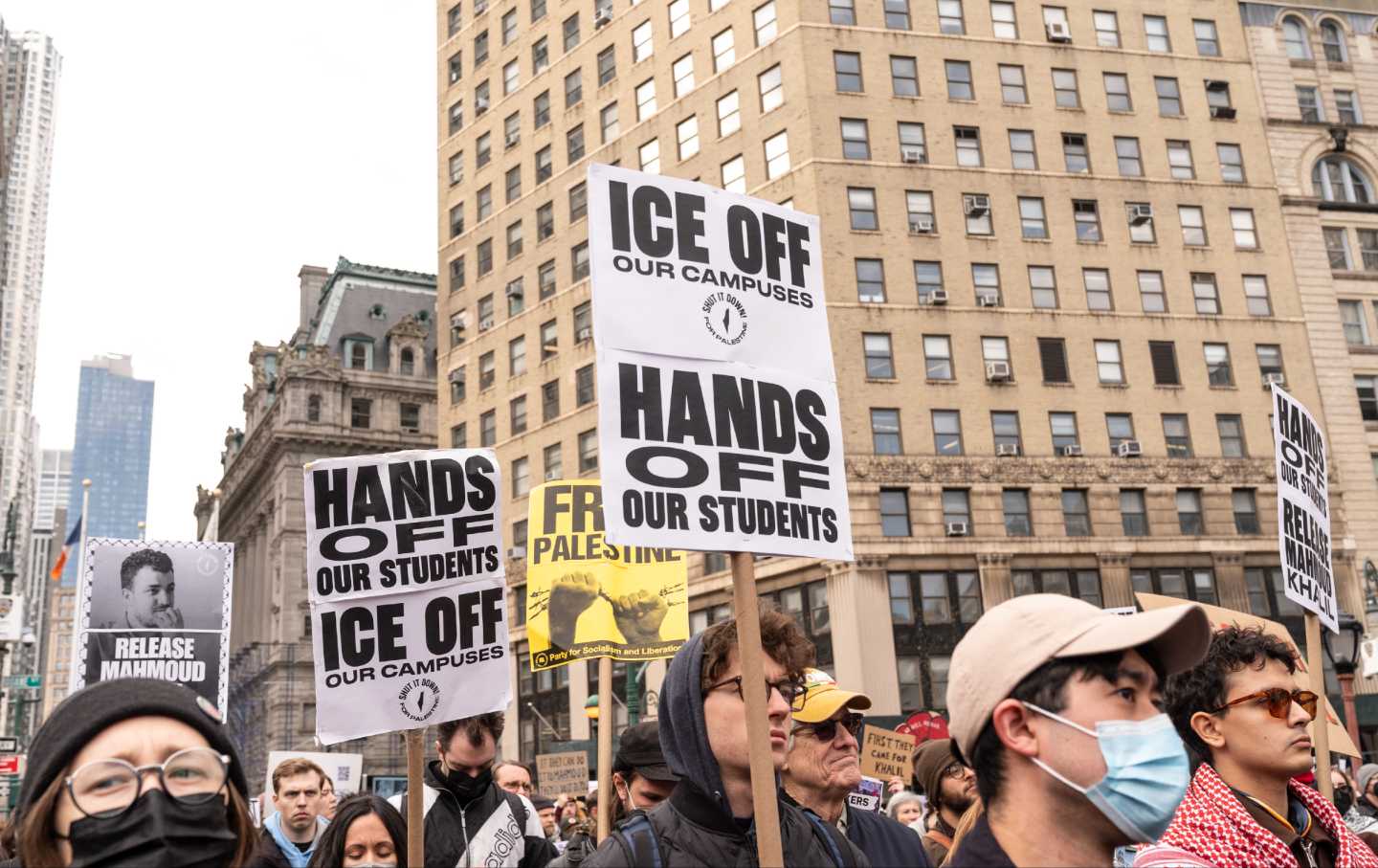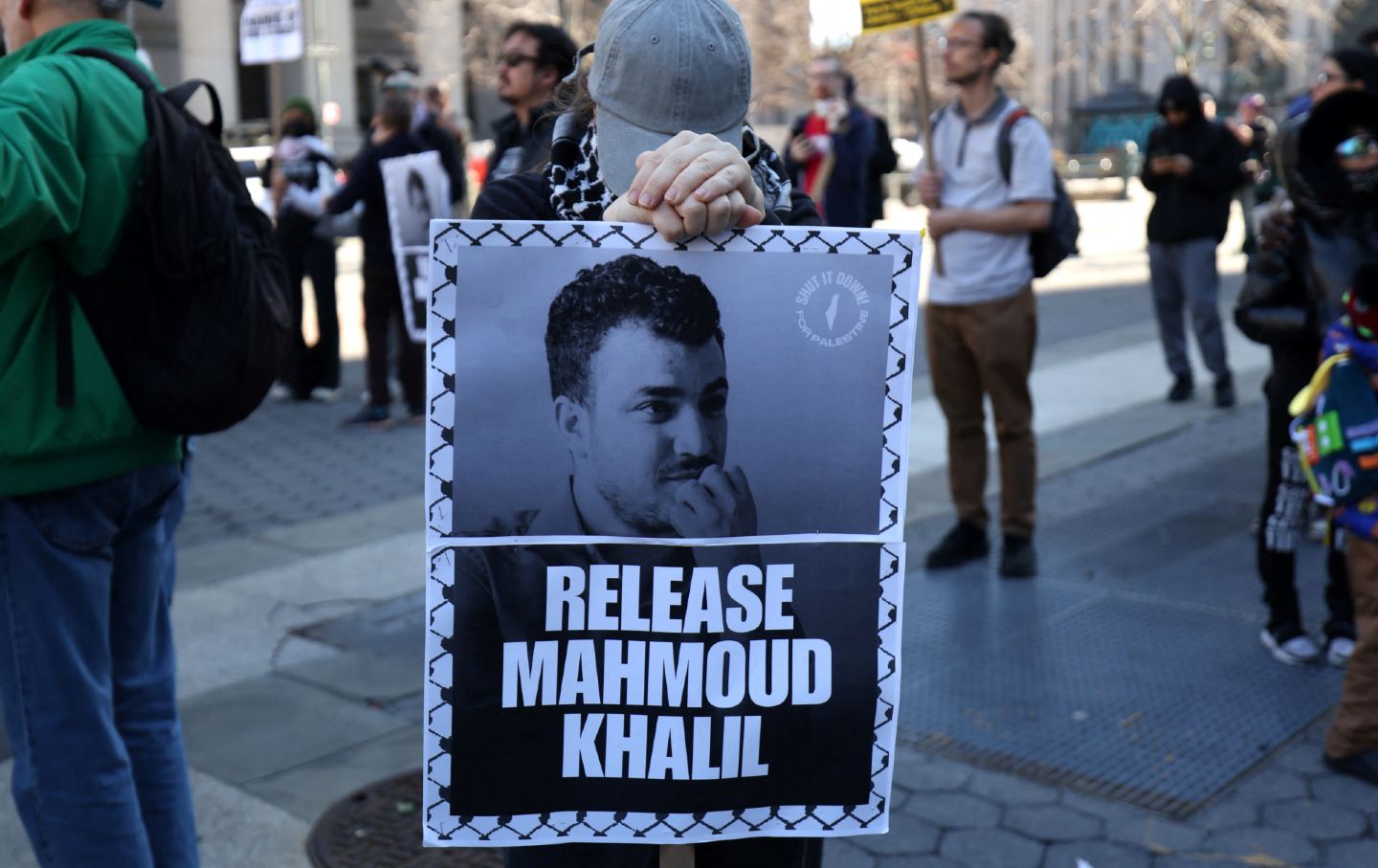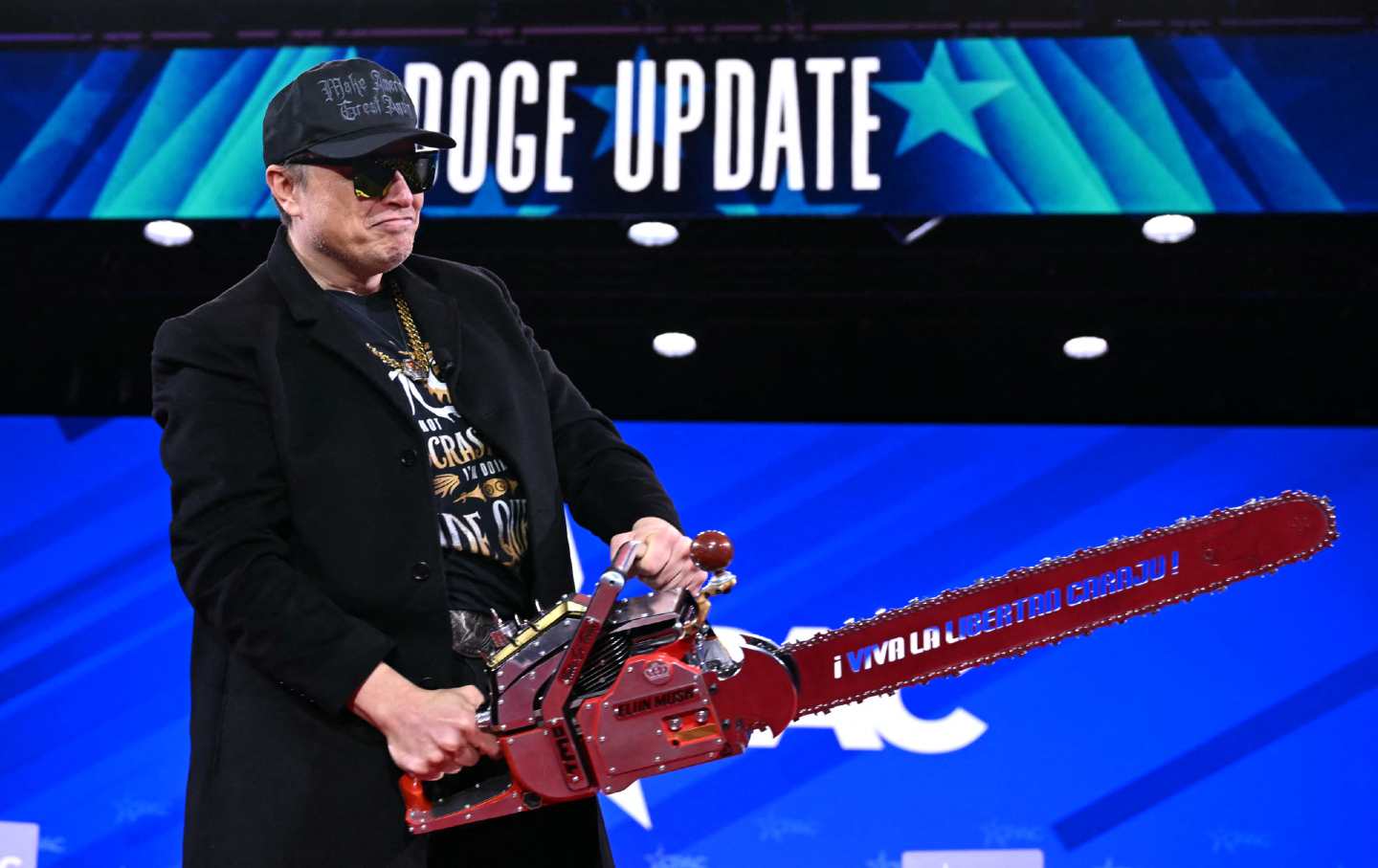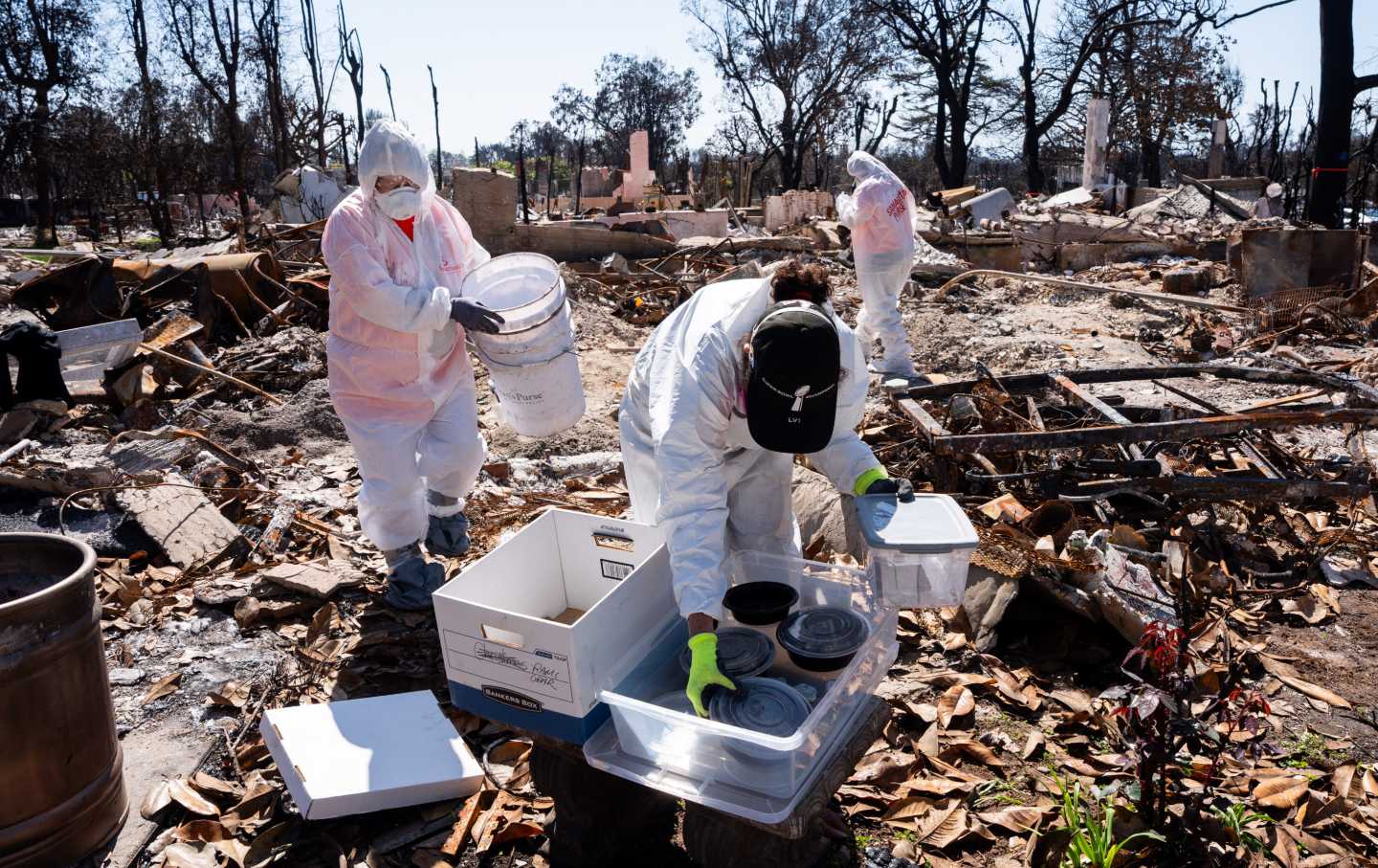Affirmative Action for Men?
College admissions policies claiming to maintain a gender balance are giving male applicants yet another advantage.

Consider the many difficulties girls have to surmount to get into college these days. Rape and attempted rape, sexual harassment, being hit on by teachers and coaches and fellow students and older men, eating disorders, pregnancy scares and pregnancy itself, the poisonous social media and smartphone environment with its looks obsessions, bullying, and mean-girl/mean-boy pile-ons. No wonder 57 percent of the girls polled by the CDC said they felt “persistently sad or hopeless,” versus 29 percent of the boys. Thirty percent reported seriously considering suicide, and 13 percent attempted it. One in 10 said they had been raped—I still can’t take that in. Some of the despair may be related to the Covid lockdowns, but the trends have been rising for a decade.
Despite these threats to their mental and physical health, girls are still more likely to go to college than boys. Imagine what strength and determination that takes. But instead of congratulating them for having successfully run the gauntlet of female teenagerhood and giving them their just rewards, we worry that they are getting too far ahead of their male classmates. Girls get higher grades, are involved in more extracurricular activities, get higher scores on the ACT, do almost as well as boys on the SAT, and are more likely to apply in the first place. That’s terrible! What to do? A flurry of recent news stories, including in-depth reporting from Susan Dominus at The New York Times, has documented that colleges put a thumb on the scale for boys. If they didn’t, the percentage of college students who are female—58 percent—might be even higher.
This story crops up periodically as if it were something new, but colleges have been favoring boys for years. In 2006, Kenyon College’s former dean of admissions, Jennifer Delahunty Britz, wrote a New York Times editorial apologizing “To All the Girls I’ve Rejected” in favor of less-qualified boys. “The reality is that because young men are rarer, they’re more valued applicants,” she said. Britz worried about ensuring students an appealing social life: “Once you become decidedly female in enrollment, fewer males and, as it turns out, fewer females find your campus attractive.” Punishing some girls to improve the dating pool for others is completely unfair. And is that how it worked when women were the rarer applicants? When Yale and Princeton and other all-male colleges went coed, did they lower their standards to ensure there’d be enough girls to go around? No, they did not.
What’s going on with boys and school? Do girls just mature faster, and should parents hold boys back a year from entering first grade? Are girls better able to sit in their seats in the classroom? Are too many schoolteachers female? Is it toxic masculinity? There isn’t really enough data to settle these questions. It helps to keep in mind, though, that most colleges are not very selective, so an applicant who is accepted at Wesleyan because he has a penis could still get a good education elsewhere if Wesleyan stopped favoring boys, as several of the school’s admissions officers and its president, Michael Roth, admitted to Dominus that it does. Also relevant is the fact that boys may be less economically motivated. There are still good-paying jobs out there for men without a college degree—electrician, plumber, builder. For women, it’s low-paid work like waitressing and hairdressing and childcare. Good jobs for women—teaching, nursing and other healthcare work, most office jobs—require college. Should women be punished for that?
Some of the ways colleges are trying to attract male applicants are rather pathetic. Consider New College, the small liberal arts public college in Florida that in recent years has been about 66 percent female, with gender studies majors galore. Now it’s ground zero in Ron DeSantis’s “war on woke.” Courses on sex and gender are out, and to attract more men, the school is beefing up not male friendly majors like political science or philosophy or physics, but sports. Grades, as well as SAT and ACT scores, are lower for the new freshman class, reports the Sarasota Herald-Tribune: “Much of the drop in average scores can be attributed to incoming student-athletes who, despite scoring worse on average, have earned a disproportionate number of the school’s $10,000-per-year merit-based scholarships.” Merit-based scholarships for jocks! Conservatives are fine with affirmative action, as long as the beneficiaries are (white) men.
Affirmative action, you may remember, was intended to remedy the mammoth injustices of racism, which barred most Black people from prosperity, good schooling, and higher education for almost all of our history and still disadvantages them today. But what are the injustices remedied by favoring men in college acceptances today? Last time I looked, men still ran the country and most of its institutions, made more money, had more leisure time than women, and benefited from countless privileges large and small. Nobody is forcing high school boys to spend hours every day playing Fortnite—even Jordan Peterson will tell them that. And by the way, if a lack of male teachers is the problem, it’s one that only men can solve—by becoming teachers. Don’t blame women for doing a necessary, socially valuable job that men reject.
In her Times op-ed, Britz asked: “What are the consequences of young men discovering that even if they do less, they have more options?” This question doesn’t seem to trouble those concerned with today’s young men. Does a middling male student at a selective college today see himself as taking the place of a betterqualified woman? Is he secretly tormented by fears that he doesn’t really belong there? Highly doubtful. As the feminist slogan goes, “May you have the confidence of a mediocre white man.”
Why should girls have to strive while boys coast? And if fairness doesn’t start in the college admissions office, where does it start?
Support independent journalism that exposes oligarchs and profiteers
Donald Trump’s cruel and chaotic second term is just getting started. In his first month back in office, Trump and his lackey Elon Musk (or is it the other way around?) have proven that nothing is safe from sacrifice at the altar of unchecked power and riches.
Only robust independent journalism can cut through the noise and offer clear-eyed reporting and analysis based on principle and conscience. That’s what The Nation has done for 160 years and that’s what we’re doing now.
Our independent journalism doesn’t allow injustice to go unnoticed or unchallenged—nor will we abandon hope for a better world. Our writers, editors, and fact-checkers are working relentlessly to keep you informed and empowered when so much of the media fails to do so out of credulity, fear, or fealty.
The Nation has seen unprecedented times before. We draw strength and guidance from our history of principled progressive journalism in times of crisis, and we are committed to continuing this legacy today.
We’re aiming to raise $25,000 during our Spring Fundraising Campaign to ensure that we have the resources to expose the oligarchs and profiteers attempting to loot our republic. Stand for bold independent journalism and donate to support The Nation today.
Onward,
Katrina vanden Heuvel
Editorial Director and Publisher, The Nation








